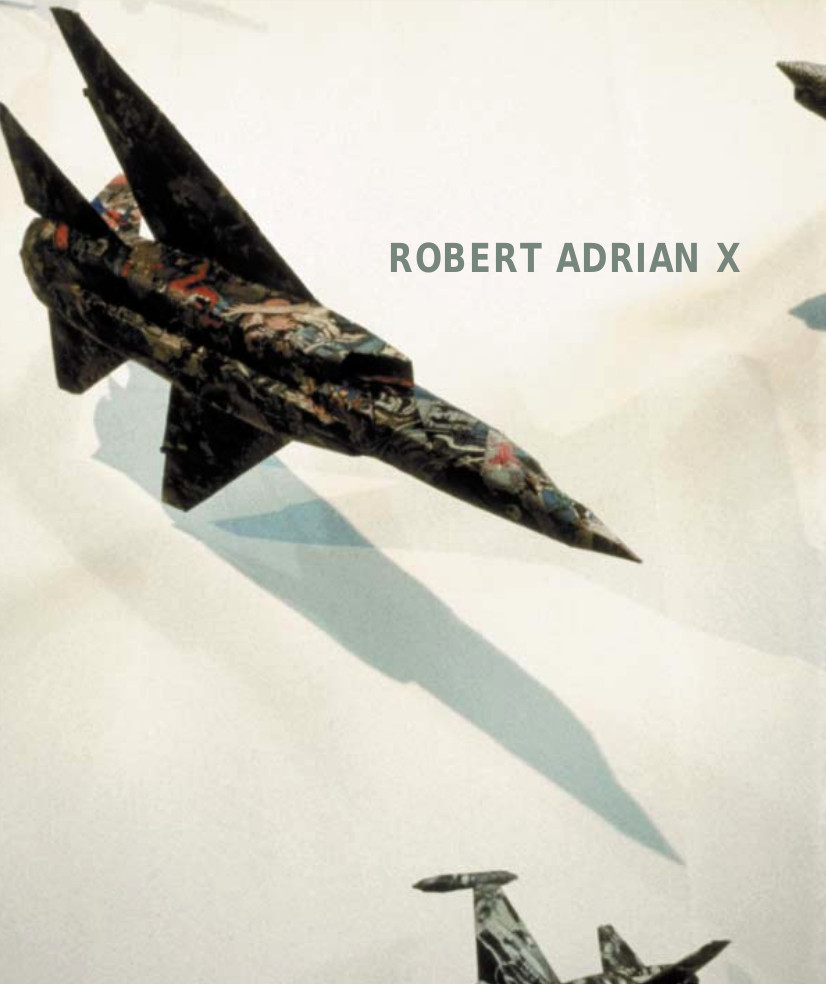Networked: a (networked_book) about (networked_art) (2010, open draft)
Filed under wiki book | Tags: · collaboration, media art, network art, network culture, networks, participatory culture

In 2007, Jo-Anne Green and Helen Thorington (Co-Directors, New Radio and Performing Arts, Inc. | Turbulence.org) proposed Networked to Eduardo Navas (NewMediaFIX). Along with Sean Dockray (Telic Arts Exchange) and Anne Bray (Freewaves), they developed an application to the National Endowment for the Arts, which funded the project in 2008.
An international Call for Proposals was issued. It defined the project’s Goals and Objectives and invited contributions that critically and creatively rethink how networked art is categorized, analyzed, legitimized — and by whom — as norms of authority, trust, authenticity and legitimacy evolve. A committee of nine reviewed the submissions: four authors were commissioned to develop chapters that are now open for commentary, revision, and translation. A fifth — one of the runners-up — was invited to contribute. Networked is open to additional chapters.
Networked proposes that a history or critique of interactive and/or participatory art must itself be interactive and/or participatory; that the technologies used to create a work suggest new forms a “text” might take.
Chapters:
* Remix and the Rouelles of Media Production
* Deseriis › No End In Sight
* Ulmer › The Learning Screen
* Varnelis › The Immediated Now
* Helmond › Lifetracing
* Freeman › Storage in Collaborative Networked Art
* Munster › Data Undermining
* Lichty › Art in the Age of DataFlo
by Authors and Collaborators of the Networked Book Project.
Facilitator: New Radio and Performing Arts, Inc. (NRPA).
Licensed under a Creative Commons Attribution-Noncommercial-Share Alike 3.0 Unported license.
Robert Adrian X (2001) [German/English]
Filed under catalogue | Tags: · art, media art, network art, radio art

Robert Adrian X is an artist making installations, music and radio projects as well as works in public space since 1950s; since early 1980s he is the pioneer in the field of telecommunication.
A fragile sculpture made of cigar packages, painted in the style of De Stijl, a canvas that radiates in the subdued hues of Yves Klein’s “patented” blue, and a faded Amiga monitor with colourfully gleaming computer graphics, all lined up on a red shelf. Modern Art IV (1990), thus runs the title of this work, finds a common denominator for the art of the 20th Century, including that of the sampling brand.
Published on the occasion of the exhibition Robert Adrian X, Kunsthalle, Vienna, 7 Dec 2001 – 10 Feb 2002. With essays by Timothy Druckrey, Georg Schöllhammer and Reinhard Braun.
Edited by Kunsthalle Wien, Lucas Gehrmann, and Gerald Matt
Publisher Kunsthalle Wien, 2001
ISBN 3852470285
152 pages
via Kunsthalle Wien
PDF (updated on 2017-3-19)
Comments (2)Tom Igoe: Making Things Talk: Practical Methods for Connecting Physical Objects (2007)
Filed under book, manual | Tags: · arduino, code, gps, hardware hacking, locative media, network art, physical computing, processing, rfid

Building electronic projects that interact with the physical world is good fun. But when devices that you’ve built start to talk to each other, things really start to get interesting. Through a series of simple projects, you’ll learn how to get your creations to communicate with one another by forming networks of smart devices that carry on conversations with you and your environment. Whether you need to plug some sensors in your home to the Internet or create a device that can interact wirelessly with other creations, Making Things Talk explains exactly what you need.
This book is perfect for people with little technical training but a lot of interest. Maybe you’re a science teacher who wants to show students how to monitor weather conditions at several locations at once, or a sculptor who wants to stage a room of choreographed mechanical sculptures. Making Things Talk demonstrates that once you figure out how objects communicate — whether they’re microcontroller-powered devices, email programs, or networked databases — you can get them to interact.
Each chapter in contains instructions on how to build working projects that help you do just that. You will:
* Make your pet’s bed send you email
* Make your own seesaw game controller that communicates over the Internet
* Learn how to use ZigBee and Bluetooth radios to transmit sensor data wirelessly
* Set up communication between microcontrollers, personal computers, and web servers using three easy-to-program, open source environments: Arduino/Wiring, Processing, and PHP.
* Write programs to send data across the Internet based on physical activity in your home, office, or backyard
* And much more
With a little electronics know-how, basic (not necessarily in BASIC) programming skills, a couple of inexpensive microcontroller kits and some network modules to make them communicate using Ethernet, ZigBee, and Bluetooth, you can get started on these projects right away. With Making Things Talk, the possibilities are practically endless.
Published by O’Reilly, 2007
ISBN 0596510519, 9780596510510
426 pages
Key terms:
serial port, Bluetooth, RFID, Digi-Key, ASCII, Mac OS X, Arduino, serial communication, telnet, ZigBee, personal computer, breadboard, HTTP, Ethernet, myFont, Linux, accelerometer, rssi, sensor, potentiometer
Review (we make money not art)
More info (publisher)
More info (google books)

